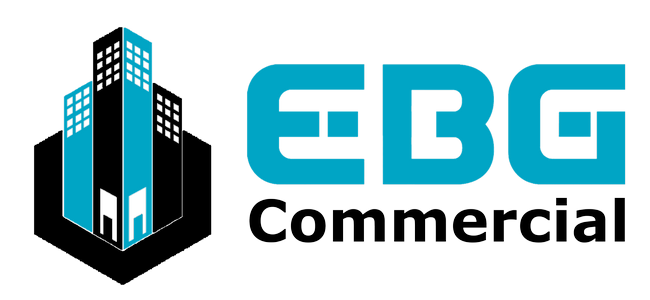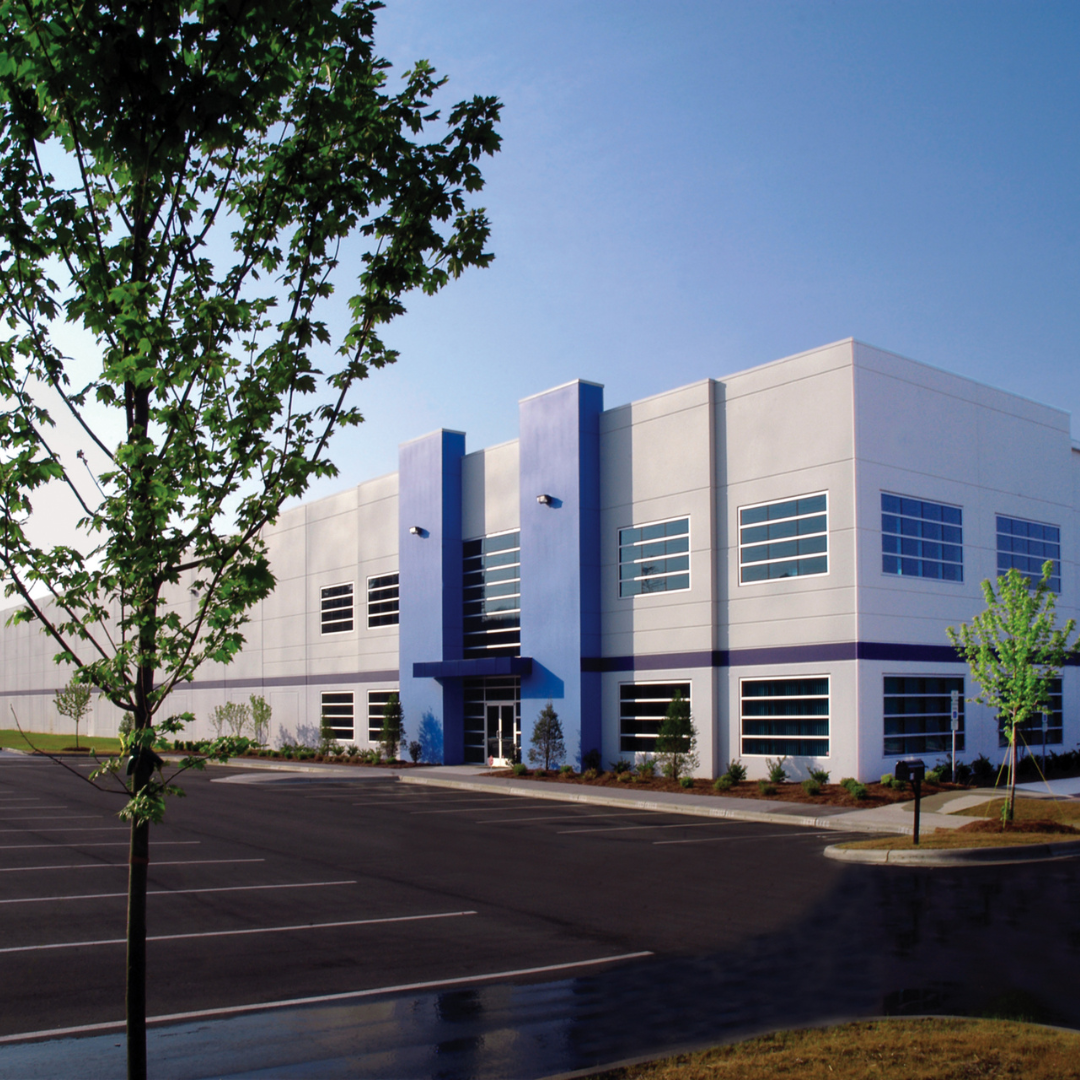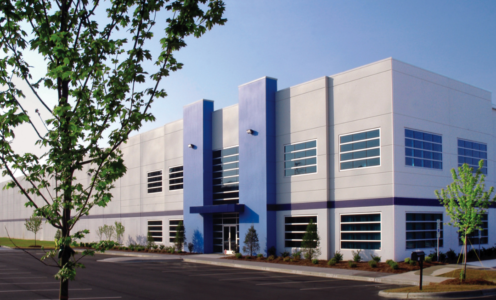The Future of Industrial Parks in the DFW Metroplex
The Dallas-Fort Worth (DFW) Metroplex, known for its vibrant economic landscape and strategic location, has long been a hub for industrial development. With its extensive transportation networks, business-friendly environment, and a diverse talent pool, the DFW Metroplex has consistently attracted businesses seeking to leverage its advantages. As we look toward the future, the evolution of industrial parks in this region presents a fascinating glimpse into the changing dynamics of commercial real estate.
Evolving Trends in Industrial Parks
1. Integration of Advanced Technologies
The industrial landscape is undergoing a profound transformation driven by technological advancements. The rise of automation, robotics, and artificial intelligence (AI) is reshaping how industrial parks operate. Smart factories and warehouses, equipped with sensors and IoT (Internet of Things) devices, are becoming the norm. These technologies enhance operational efficiency, reduce costs, and provide real-time data analytics, allowing businesses to make informed decisions quickly.
2. Sustainability and Green Initiatives
Sustainability is no longer a buzzword but a critical component of industrial development. The future of industrial parks in the DFW Metroplex will see a significant emphasis on green building practices and sustainable operations. From energy-efficient lighting and HVAC systems to the use of renewable energy sources and waste reduction strategies, industrial parks are increasingly adopting eco-friendly measures. LEED (Leadership in Energy and Environmental Design) certification and other green standards are becoming essential benchmarks for new developments.
3. Mixed-Use Developments
The concept of mixed-use developments is gaining traction in the industrial real estate sector. Traditionally, industrial parks were standalone entities focused solely on warehousing and manufacturing. However, the future will see more integrated spaces combining industrial operations with office spaces, retail areas, and even residential components. This approach not only maximizes land use but also fosters a more dynamic and collaborative environment. It caters to businesses seeking to create a more holistic and engaging workplace for their employees.
4. Flexibility and Adaptability
In an ever-changing market, flexibility and adaptability are key. The demand for customizable and flexible industrial spaces is on the rise. Future industrial parks in the DFW Metroplex will likely feature modular designs and adaptable spaces that can easily be reconfigured to meet the evolving needs of tenants. This flexibility allows businesses to scale operations up or down without the constraints of rigid infrastructure, accommodating shifts in demand and market conditions.
5. Enhanced Connectivity
The DFW Metroplex is renowned for its robust transportation infrastructure, including highways, railroads, and airports. As e-commerce and global trade continue to expand, the need for enhanced connectivity within industrial parks is paramount. Future developments will focus on improving logistics and transportation links, ensuring that businesses can efficiently move goods and materials. Proximity to major transportation hubs and seamless integration with supply chain networks will be crucial factors in the success of industrial parks.
Impact on the Local Economy
The evolution of industrial parks in the DFW Metroplex has significant implications for the local economy. As industrial parks become more technologically advanced and sustainable, they attract a diverse range of businesses, including tech companies, logistics providers, and manufacturing firms. This influx of businesses generates employment opportunities, stimulates economic growth, and contributes to the overall prosperity of the region.
Furthermore, the development of mixed-use industrial parks can revitalize neighborhoods and create vibrant communities. By integrating residential, commercial, and industrial components, these developments foster economic diversity and enhance the quality of life for residents. The synergy between different uses creates a more resilient and interconnected local economy.
Challenges and Opportunities
While the future of industrial parks in the DFW Metroplex holds great promise, it also presents challenges that must be addressed. The increasing demand for advanced technologies and sustainable practices requires significant investment and expertise. Businesses and developers need to stay abreast of emerging trends and innovations to remain competitive.
Moreover, the shift toward mixed-use developments may pose challenges related to zoning regulations and community acceptance. Balancing the needs of different stakeholders and ensuring that developments align with local planning guidelines will be crucial.
However, these challenges also present opportunities for innovation and collaboration. By embracing new technologies and sustainable practices, businesses can position themselves as leaders in the industry. Additionally, fostering partnerships between developers, local governments, and community organizations can help navigate regulatory hurdles and create mutually beneficial outcomes.
Looking Ahead
As we look to the future, the industrial parks in the DFW Metroplex will continue to evolve in response to changing market dynamics and technological advancements. The integration of smart technologies, sustainability initiatives, and flexible designs will shape the next generation of industrial spaces. These developments will not only enhance the efficiency and functionality of industrial parks but also contribute to the overall growth and prosperity of the region.
For businesses and investors, staying informed about these trends and actively engaging with the evolving landscape will be key to capitalizing on the opportunities presented by the future of industrial parks. By embracing innovation and adaptability, the DFW Metroplex can maintain its position as a leading hub for industrial development and economic growth.
In conclusion, the future of industrial parks in the DFW Metroplex is bright and full of potential. As the region continues to attract businesses and investment, the evolution of industrial spaces will play a pivotal role in shaping the economic landscape. By leveraging advanced technologies, sustainable practices, and flexible designs, the DFW Metroplex is poised to lead the way in the next generation of industrial development.


